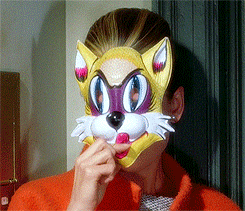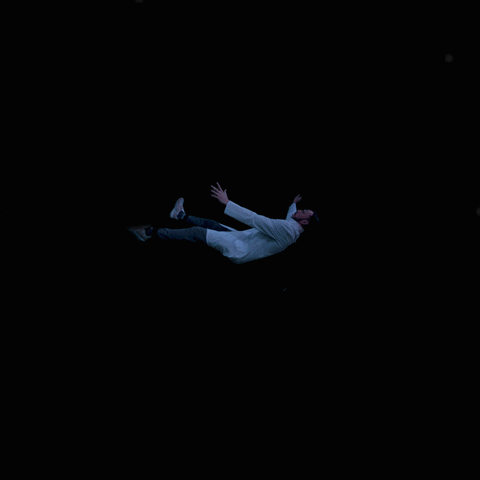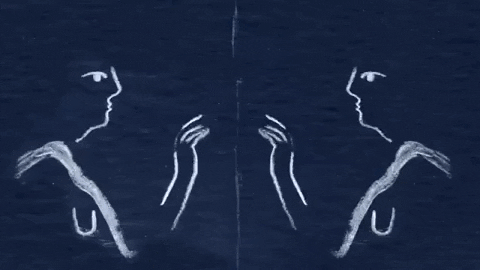



Archetypes are universal, innate models of personality or behavior that influence what we do and speak. Which of the four primary archetypes best describes you? Which one fits your nature? Find out the definite answer with our archetype test.
We can define an archetype as an original, universal model or pattern from which all the other things originate. According to Carl Jung, an archetype is ancient human knowledge passed down through generations. This archetype test will tell you which of the archetypes do you feel close to.
The four archetypes are the foundation of Jungian psychology. These archetypes are universal patterns and visuals from the collective unconscious.
The Persona represents the way we hide our true selves and all the different masks we present to the outside world. We learn throughout our lives that we must behave in a certain way in order to meet society’s expectations.
The Persona allows us to fit in and match the people around us. On the other hand, the constant masking of our true nature can get exhausting and make us lose the Self.
The Shadow represents the part of our personality that usually stays hidden. The Shadow means all our repressed desires, ideas, weaknesses, and everything else we would rather ignore. They don’t have to be negative. They could be the powerful parts of our nature pushed down due to society’s expectations or past negative experiences.
It’s all about stability with the Anima or Animus. The Anima represents the hidden inner female in males, and the Animus represents the inner male in females. The Anima/Animus represents our true selves.
The Self represents the conscious and unconscious parts of the individual’s psyche. According to Jung, the ultimate goal of an individual is to achieve a strong sense of self. The components of the ego consciousness must be combined with the components of the personal unconscious in order to achieve self-realization.
Do you think you’re ready to uncover your archetype in this archetype test?
Jung said that archetypes aren’t fixed and can merge into twelve archetypical figures. Here are some of them.
Are you ready to discover which of the 12 archetypes are you?
The Innocent archetype sees good in everything and has an optimistic attitude. The Innocents want to be happy and feel like they belong.
The Hero archetype wants to be seen as powerful and competent. The Hero will go to any length to avoid defeat.
The Caregiver is the nurturing archetype. In extreme cases, the Caregiver can turn into a martyr, constantly reminding others of the sacrifices they made.
The Explorer is always open to new adventures. They wish to discover themselves through exploring the world. The Explorer’s journey might turn into aimless wandering and never feeling satisfied.
The Lover wants to be cherished, admired, and desired. Love is the most important value for them. They thrive being in a relationship. They risk losing their own identity while trying to please other people.
You’re only a moment away from your archetype test!
In literature, archetypes are universal symbols, characters, situations, or feelings present in many different stories in different cultures.
The Hero is different from the Jungian archetype. In literature, the Hero is a “good guy” of the story. They fight for what is right and want to defeat evil.
Often there is an event that pushes the Hero on the path that starts their journey. They must prove themselves throughout their adventure.
The Mother Figure is someone who protects or nurtures the other characters. They could be the one who assists the Hero in completing their task. The Mother Figure is usually selfless and caring.
The Innocent represents youth and purity. This is a character who sees the best in everyone and has not yet been corrupted by the depraved world. The Innocent might inspire other characters and the audience to be better.
The Mentor is someone who helps the main character with their wisdom and protects them from danger. The Mentor is often portrayed as an old man or woman, but it’s not always the case.
The Sidekick is a side character loyal to the main characters. They might commit selfless acts to help the Hero. Often the Sidekick serves as comic relief in the story.
The Scapegoat is the person who is held responsible for anything that goes awry in the story. Sometimes the Scapegoat is represented by a group held responsible for something that others did.
Are you ready for your archetype test? Discover your primary archetype with the help of our quiz. Have fun with this archetype test!